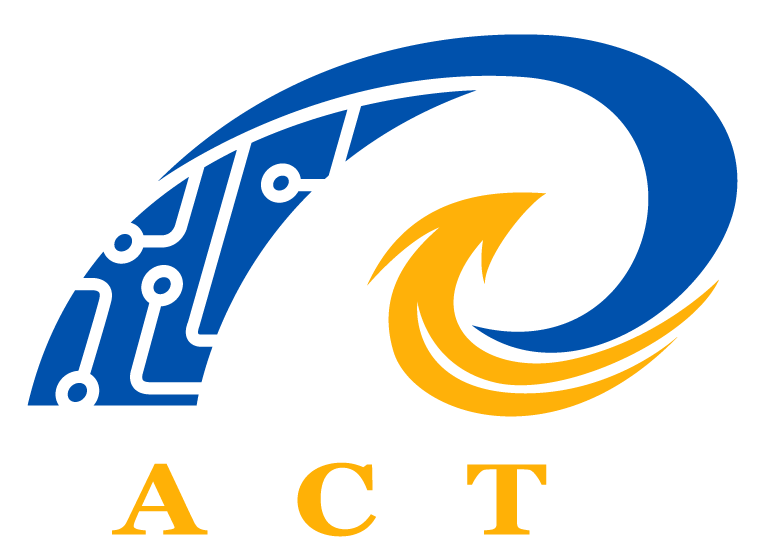The design and manufacture of automotive PCBs must meet strict industry standards and requirements to ensure that the car can operate reliably in a complex environment. Whether it is a traditional fuel vehicle or a new energy vehicle, PCBs play an irreplaceable role in it.
Certification and standards for automotive PCBs
IPC Standards:
IPC-A-600 and IPC-A-610: These are the foundational standards developed by IPC (Association Connecting Electronics Industries) for evaluating PCB quality and acceptability.
IPC-6012: PCB requirements specifically for the automotive industry, covering the qualification and performance specifications for PCBs in automotive applications.
IATF 16949:
Technical specification for the international automotive industry, based on the ISO 9001 quality management system standard, with special requirements for the automotive industry embedded. The standard emphasizes continuous improvement, defect prevention, and reduction of variation and waste.
Characteristics of Automotive PCB
1. Excellent electrical performance and reliability
Automotive PCBs must perform well in electrical connection, signal transmission and electromagnetic compatibility. In order to ensure the reliability of automotive PCBs, strict reliability tests and life tests are required, including high temperature aging, low temperature shock, heat and humidity cycles, etc.
2. Meet the special requirements of the automotive industry
Due to the complex and changeable automotive environment, automotive PCBs need to have the characteristics of resistance to vibration, shock and humidity. In addition, automotive electronic equipment is usually installed in the car, and there are certain requirements for size and weight, so the size and weight of automotive PCBs need to meet relevant standards.
Different Types of PCBs Used in the Automotive Sector
1.Flexible PCB
Application areas:
New energy vehicle battery: Flexible PCB is usually used to connect battery cells and manage the charge and discharge status of batteries in the battery management system of new energy vehicles.
LCD display connection: Flexible PCB is used to connect vehicle-mounted display screens such as instrument panels and center console displays.
Features:
Durability: Flexible PCB has good fatigue resistance and bending resistance, and can withstand repeated bending and vibration during vehicle operation.
Space saving: Due to its flexible characteristics, complex wiring can be achieved in a small space, saving space in the car.
Light weight: Flexible PCB is lighter than traditional rigid PCB, which helps to reduce the weight of the whole vehicle and improve fuel efficiency or the range of electric vehicles.
2.Thick Copper PCB
Application areas:
Relay box: Thick copper PCB is used in high current environment to ensure the reliability and stability of the circuit.
Fuse box: It is used to manage and protect different circuits of the automotive electrical system.
Features:
High current carrying capacity: Thick copper PCB can carry large current and is suitable for high power applications.
High temperature resistance: Thick copper PCB can work stably in high temperature environment and adapt to the application of high temperature areas such as automotive engine compartment.
High reliability: Due to the high strength and high conductivity of thick copper PCB, they show extremely high reliability under high voltage and high current conditions.
3.Rigid PCB
Application areas:
Controller: Rigid PCBs are widely used in electronic control units of vehicles, such as engine control, transmission control, etc.
Sensors: Used in various automotive sensors, such as temperature sensors, pressure sensors, and acceleration sensors.
Features:
Stable structure: Rigid PCBs have good mechanical stability and are suitable for installing fixed electronic components.
Easy to install: Rigid PCBs are usually installed on standard connectors and brackets for easy maintenance and replacement.
Durability: The durability of rigid PCBs enables them to work stably and for a long time in harsh automotive environments.
4.Multilayer PCB
Application areas:
Electronic Control Unit (ECU): Multilayer PCBs are used in complex automotive electronic systems, such as Advanced Driver Assistance Systems (ADAS), in-vehicle entertainment systems, etc.
In-vehicle communication systems: handle communication needs inside and outside the vehicle, such as V2X communication, in-vehicle Wi-Fi, and Bluetooth.
Features:
High data transmission speed: Multilayer PCBs can provide high-speed data transmission and are suitable for applications that handle large amounts of data.
High-density wiring: Multilayer design allows for tighter wiring, which improves the integration and functionality of the circuit board.
Electromagnetic compatibility: By optimizing the interlayer structure, multilayer PCBs can reduce electromagnetic interference (EMI) and improve the electromagnetic compatibility (EMC) of the system.
5.HDI PCB
Applications:
Advanced Driver Assistance System (ADAS): HDI PCB is used to process complex sensor data and control commands, such as radar, LiDAR, and camera data.
Automatic Braking System: HDI PCB processes high-speed data streams in automatic braking systems to ensure fast response and reliability of the system.
In-Car Entertainment System: Supports high-resolution display and audio and video streaming.
Features:
Miniaturized Design: HDI PCB achieves higher integration and smaller size by adopting micro-via and fine-line technology, which is suitable for space-constrained applications.
High Performance: HDI PCB has higher signal transmission speed and lower signal delay, meeting the needs of advanced electronic systems.
Multi-layer Structure: Adopts multi-layer design to support more complex circuit and function integration.
Asinda has 17 years of experience in PCB manufacturing, specializing in the production of various high-layer precision circuit boards, blind and buried via boards, high-frequency boards, hybrid laminates, metal substrates, rigid-flex boards, etc. If you need, you can contact us at any time.
https://www.linkedin.com/pulse/what-primary-attributes-various-automotive-uflwc







